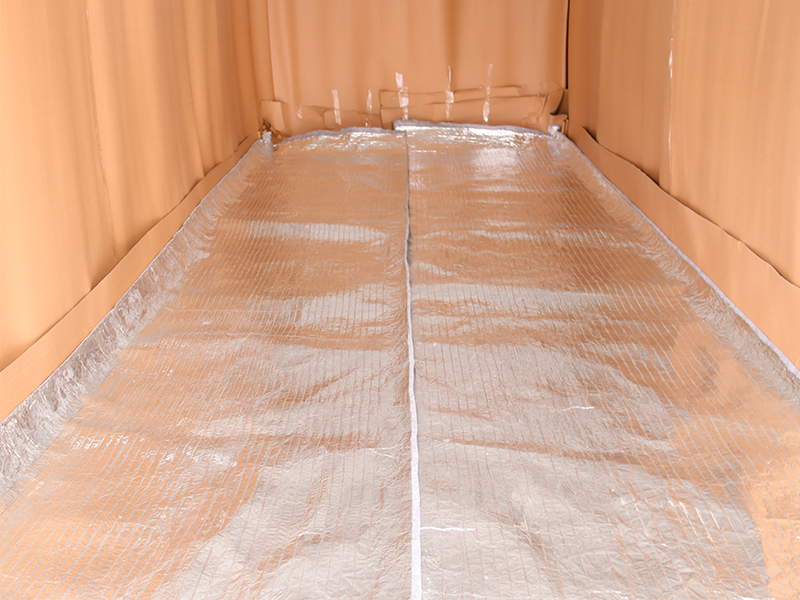Introduction: In the realm of liquid transportation, maintaining optimal temperatures is paramount to preserving product integrity and ensuring efficient logistics. Traditional methods often fall short in regulating temperature during transit, leading to challenges such as product degradation and increased energy consumption. However, the innovation of steam heating pads presents a promising solution to these issues, revolutionizing the way liquids are transported with improved efficiency and reliability.

Historical Challenges: Explore historical challenges in bulk liquid transportation, including temperature regulation, energy consumption, and product quality preservation.
Advancements in Technology: Discuss the evolution of liquid transportation technology, highlighting advancements such as insulated containers, refrigeration systems, and temperature-controlled vehicles.
Functionality and Design: Explain the function and design of steam heating pads, which utilize steam circulation to maintain precise temperature levels within liquid containers.
Key Components: Discuss the key components of steam heating pads, including heating elements, control systems, and insulation materials.
Versatility and Compatibility: Highlight the versatility and compatibility of steam heating pads with various types of liquid containers, including tanker trucks, railcars, and shipping containers.
Temperature Regulation: Emphasize the ability of steam heating pads to regulate temperatures with precision, ensuring that liquids remain within specified temperature ranges throughout liquid bulk trucking.
Energy Efficiency: Discuss how steam heating pads offer energy-efficient heating solutions compared to traditional methods, reducing fuel consumption and operational costs.
Product Quality Preservation: Illustrate how steam heating pads contribute to preserving product quality by preventing temperature fluctuations that can lead to degradation or spoilage.
Operational Reliability: Highlight the reliability and consistency of steam heating pads in maintaining temperature stability, even in challenging environmental conditions.
Food and Beverage Sector: Explore how steam heating pads are utilized in the transportation of perishable goods such as dairy products, beverages, and liquid foods.
Chemical and Pharmaceutical Industries: Discuss the applications of steam heating pads in transporting sensitive chemicals, pharmaceuticals, and specialty liquids that require precise temperature control.
Oil and Gas Logistics: Examine the use of steam heating pads in the oil and gas industry for transporting petroleum products, lubricants, and other liquid commodities.
Advancements in Technology: Predict future advancements in steam heating pad technology, such as enhanced automation, connectivity features, and integration with smart logistics systems.
Sustainability Initiatives: Discuss potential sustainability initiatives within the steam heating pad industry, including the development of eco-friendly heating solutions and renewable energy integration.
Global Market Expansion: Explore opportunities for the global expansion of steam heating pad solutions, driven by increasing demand for efficient and sustainable liquid transportation methods.
Conclusion: In conclusion, steam heating pads like the tank heater pad represent a groundbreaking innovation in the field of liquid transportation, offering unparalleled temperature regulation, energy efficiency, and product quality preservation. As industries continue to prioritize efficiency and sustainability in logistics operations, steam heating pads are poised to play a pivotal role in shaping the future of liquid transportation on a global scale.